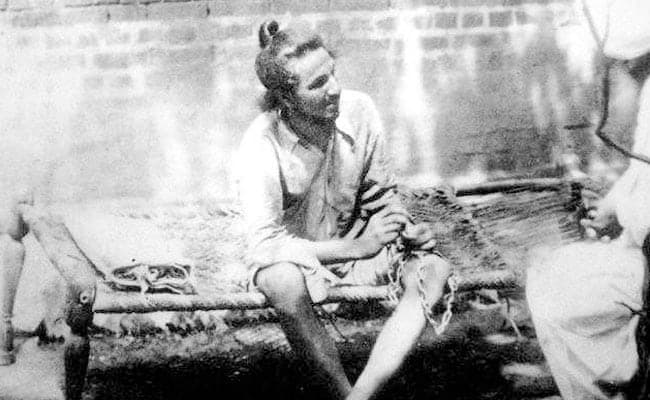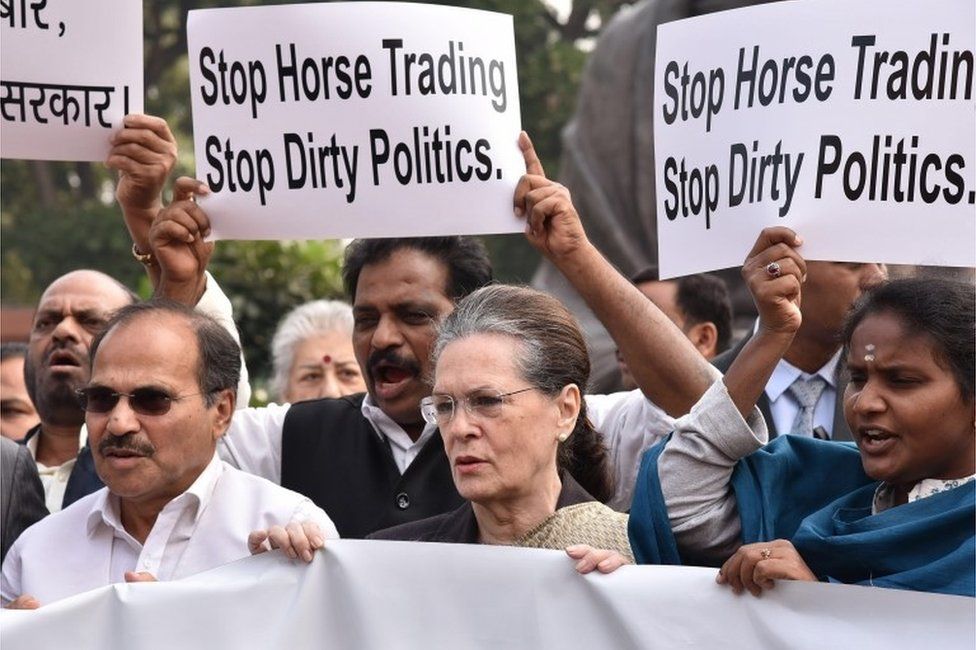Bhagat Singh: A revolutionary Leader

Bhagat Singh was born on 27th September 1907 in Lyallpur, Western Punjab, India (now in Pakistan). He is a revolutionary leader of the Indian Independence movement. He died on 23rd March 1931, in Lahore (now in Pakistan).
|| Akshinta Das
Bhagat Singh attended Dayanand Anglo Vedic High School, which was operated by Arya Samaj (a reform sect of modern Hinduism), and then National College, both located in Lahore. He began to protest British rule in India while still a youth and soon fought for national independence. He also worked as a writer and editor in Amritsar for Punjabi- and Urdu-language newspapers espousing Marxist theories. He is credited with popularizing the catchphrase “Inquilabzindabad” (“Long live the revolution”).
In 1928 Bhagat Singh plotted with others to kill the police chief responsible for the death of Indian writer and politician LalaLajpatRai, one of the founders of National College, during a silent march opposingthe Simon Commission. Instead, in a case of mistaken identity, junior officer J.P. Saunders was killed, and Bhagat Singh had to flee Lahore to escape the death penalty. In 1929 he and an associate lobbed a bomb at the Central Legislative Assembly in Delhi to protest the implementation of the Defence of India Act and then surrendered. He was hanged at the age of 23 for the murder of Saunders.
Early Years
Born on September 27, 1907, to a Sikh family in Punjab, India (now Pakistan), Bhagat Singh was the second son of Kishan Singh and VidyaVati. The family was steeped in nationalism and involved in movements for independence. At the time of Bhagat’s birth, his father was in jail for political agitation.
By the time Bhagat Singh was 13, he was well familiar with this family’s revolutionary activities. His father was a supporter of Mahatma Gandhi, and after Gandhi called for boycotting government-aided institutions, Singh left school and enrolled in the National College at Lahore, where he studied European revolutionary movements. In time, he would become disenchanted with Gandhi’s non-violent crusade, believing that armed conflict was the only way to political freedom.
Young Firebrand
In 1926, Bhagat Singh founded the ‘Naujavan Bharat Sabha (Youth Society of India) and joined the Hindustan Republican Association (later known as Hindustan Socialist Republican Association), where he met several prominent revolutionaries. A year later, Singh’s parents planned to have him married, a move he vehemently rejected, and he left school.
By this time, Bhagat Singh had become a person of interest to the police, and in May 1927, he was arrested for allegedly being involved in a bombing the previous October. He was released several weeks later and began to write for various revolutionary newspapers. After receiving reassurances from his parents that they wouldn’t force him to marry, he returned to Lahore.
Radical Revolutionary
In 1928, the British government held the Simon Commission to discuss autonomy for the Indian people. Several Indian political organizations boycotted the event because the Commission had no Indian representatives. In October, Bhagat Singh’s comrade, LalaLajpatRai led a march in protest against the Commission. Police attempted to disburse the large crowd, and during the melee, Rai was injured by the superintendent of police, James A. Scott. Rai died of heart complications two weeks later. The British government denied any wrongdoing.





